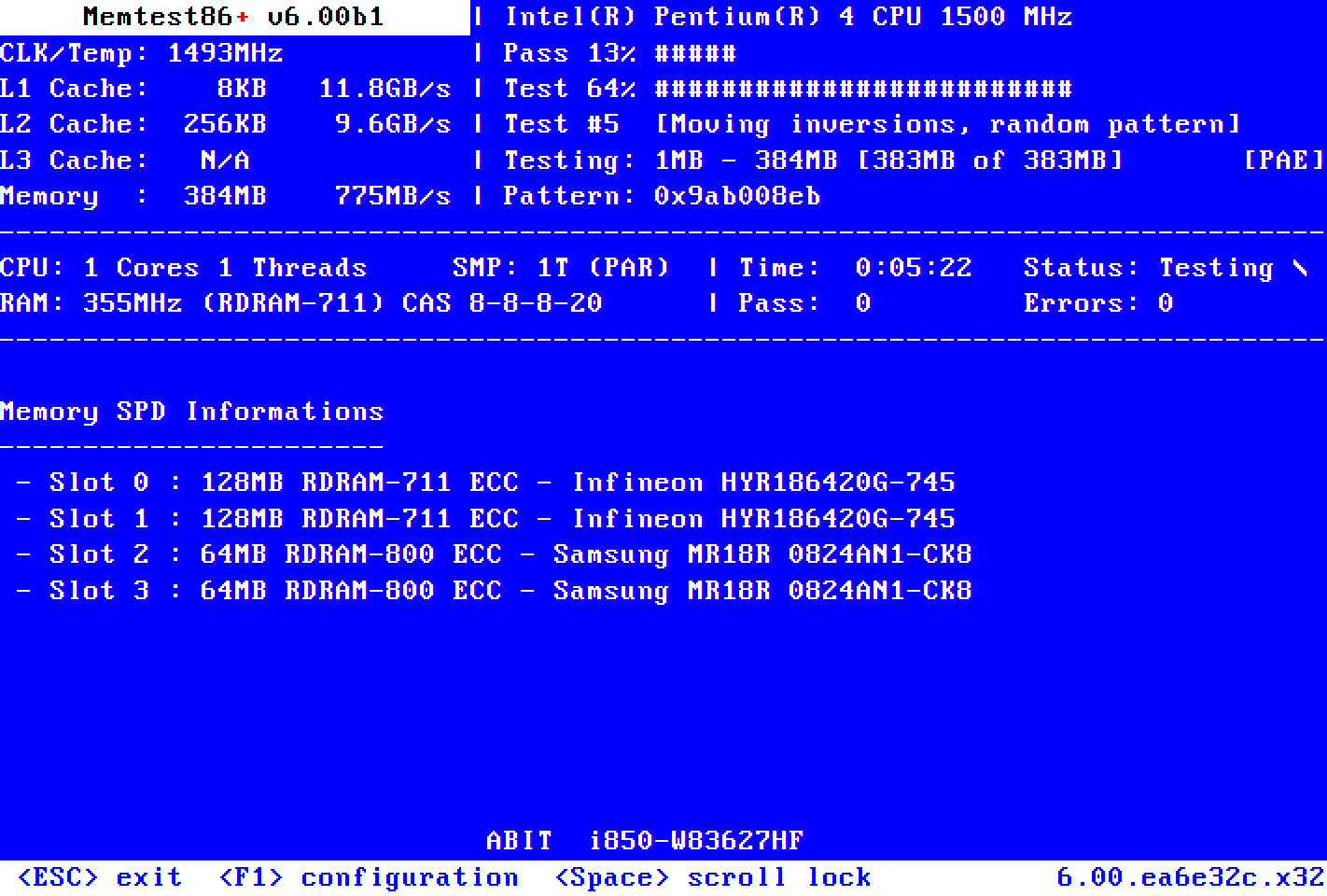Has anyone had success mixing two sets of DDR4 Ram, same manufacturer, but different capacities and different dies? I have 16GB (2 X 8) G.Skill Trident Z Royal Gold DDR4 CL(16-16-16-36) with a Samsung b die and 32GB (2 X 16) G.Skill Trident Z Royal Gold CL(16-19-19-39) with a hynix cjr die. Both have the same voltage. I'm planning to mount them on a ASUS Rog Strix x570-E motherboard, each set in two separate channels. I'm running a AMD Rysen 9 5900x CPU.
The WEB is all over the map with this. Some claiming that you can't even mix separate sets of identical RAM. Others claiming BS, with videos, demonstrating that this is generally not a problem.
Do manufacturers of RAM really have such poor QA/QC, that even identical sets come off incompatible? Are motherboards really so unforgiving? Is this a manufacturer's scam to make more profit?
The WEB is all over the map with this. Some claiming that you can't even mix separate sets of identical RAM. Others claiming BS, with videos, demonstrating that this is generally not a problem.
Do manufacturers of RAM really have such poor QA/QC, that even identical sets come off incompatible? Are motherboards really so unforgiving? Is this a manufacturer's scam to make more profit?
Last edited:



